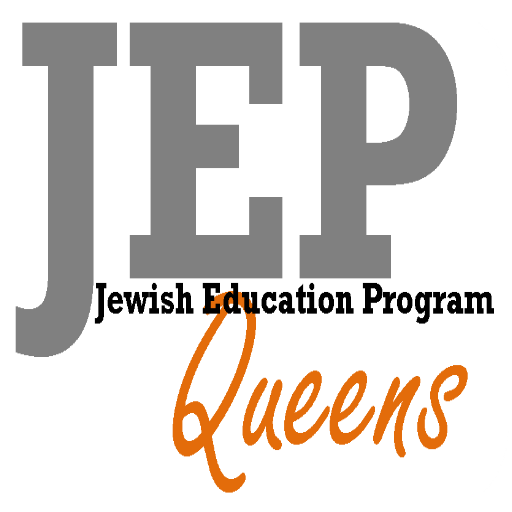Parshas Naso
Strength in Unity!
“And they [Nesi’im] brought their offering before Hashem: six covered wagons and twelve oxen, a wagon for each two leaders and an ox for each. And they brought them before the Mishkan.” (7:3)
“…They shall be the first to journey” (2:9)
There is a famous story about a father who called his sons to his bedside, as he was nearing death. He gave each of them a stick of wood and asked them to break it, which they easily did. Then he gave each one a bundle of sticks and asked them to break the wood, which they were unable to do. The father wanted to teach his sons the lesson that in unity there is strength. Only when they are unified, like the bundle of sticks, would they have the strength to withstand the challenges of life.
I want to share a beautiful dvar Torah that I read recently.
When the Mishkan was inaugurated, the Nesi’im, the princes of each of the twelve shevatim, brought very generous offerings to Hashem. They each brought twenty-one animals to be sacrificed. They also brought fine-meal offerings in silver bowls and incense in golden ladles. The offerings were brought in six covered wagons that were drawn by twelve oxen. Two Nesi’im shared the cost of each wagon.
If the Nesi’im brought such generous offerings to Hashem why didn’t they bring them in their own individual wagons? Why did each two Nesi’im share the expense of one wagon?
Perhaps the Nesi’im did that to set a very important example for the Jewish People. Each Nasi was given one day to demonstrate his commitment to Hashem. That could have presented the potential for competition and “one-upmanship”. Each Nasi may have been tempted to show that he loved Hashem more than the other one, by bringing a larger and more expensive offering. That could have led to jealousy and fighting which could have spread from the Nesi’im to the entire nation. Instead, they avoided divisiveness. The Nesi’im each brought the exact same offering. In addition, they further highlighted their unity by sharing the cost of the wagons.
This explanation can help us understand a Da’as Zekeinim in Parshas Vayigash (45:27). Yosef had revealed his identity to his brothers and asked them to tell Yaakov that he was still alive. Yosef told them to bring their families to Egypt where he could sustain them during the remaining years of famine. When Pharaoh heard who Yosef really was, he sent wagons to help bring Yosef’s family to Egypt. When Yaakov was told that Yosef was still alive, at first, he didn’t believe it. Only after he saw the wagons that “Yosef” had sent did he begin to believe. Didn’t Pharaoh send the wagons? What does it mean that Yaakov began to believe after seeing the wagons that Yosef had sent? Rashi explains that it doesn’t refer to actual wagons, the agalos. Rather it refers to the last Torah topic that Yaakov had learned with Yosef. They learned the topic of egla arufa, teaching the importance of escorting guests who are leaving your home. Rashi says that the word agalos is similar, to the word egla. When Yaakov saw “Yosef’s wagons”, the message that only Yosef could have known, that proved that Yosef was still alive, not only physically but even spiritually. Then Yaakov’s spirit was revived.
The Da’as Zekeinim questions Rashi’s explanation. He says that agalah is not the same word as egla. Rather, the wagons that Yosef had sent, represented the six covered wagons that would be brought by the Nesi’im when the Mishkan would be inaugurated. It was those wagons that revived Yaakov’s spirit.
How did it revive his spirit? When Yaakov heard that Yosef was still alive, he was happy that the animosity of Yosef’s brothers did not cost him his life. However, Yaakov was still concerned that the animosity of his children would manifest itself generations later. When Yaakov foresaw the wagons that the Nesi’im would bring, he understood that sharing the cost of the wagons was a sign of unity. That showed Yaakov that the Jews can live in peace with each other. That sign of harmony revived Yaakov’s spirit. (based on Rabbi Frand on the Parashah- 2)
We are all part of one neshama. We must show love and brotherhood to every Jew,
even if they are different than we are.




